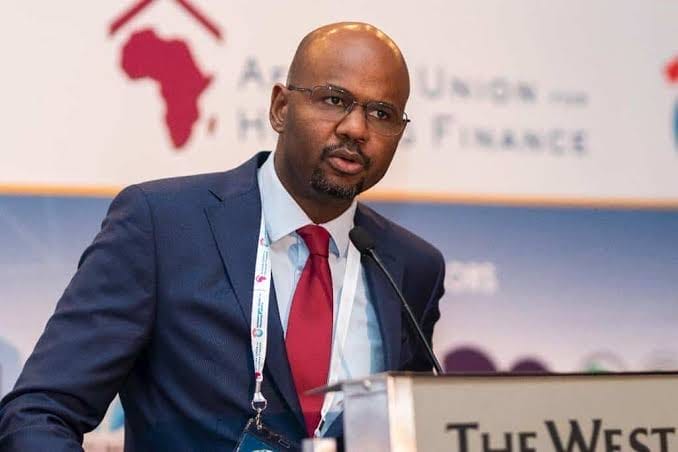The Chief Executive Officer of Shelter Afrique Development Bank (ShafDB), Thierno-Habib Hann, has reiterated that addressing Africa’s housing crisis requires a deliberate shift toward local financing models and institutional strengthening. Speaking in a recent interview with African Business, Hann emphasized that “going local” will not only close the housing gap but also boost job creation, industrial growth, and financial sustainability.
“When you use local resources, build local capacity, and finance in local currency, you mitigate risk and deepen resilience,” Hann said.
ALSO READ: Sidi Ould Tah Elected New President of African Development Bank
Targeting 200,000 Homes by 2030
Shelter Afrique is aiming to finance 200,000 affordable housing units by 2030 through a blend of public-private partnerships, concessional lending, green bonds, and technical assistance. As part of its strategy, the bank is introducing innovative instruments such as local-currency green bonds to eliminate foreign exchange volatility in housing projects.
The VIRAL Framework: A Diagnostic Tool for Housing Systems
At the heart of its reform strategy is the VIRAL model (Vision, Institutions, Regulations, Actors, and Local execution). This model helps African countries assess the health of their housing ecosystems and develop 3–5 year implementation roadmaps with measurable outcomes.
Nigeria in Focus: Expanding the Local Footprint
Shelter Afrique’s footprint in Nigeria continues to expand. In March 2024, Hann reaffirmed the bank’s commitment to Nigeria’s federal housing vision, specifically under the Pulaku Resettlement Scheme and the National Social Housing Fund. As of mid-2025, the bank has approved over USD 220 million in loans to Nigeria, with about USD 117.6 million disbursed, according to BusinessDay Nigeria.
Most recently, the Federal Ministry of Housing and Urban Development signed a Letter of Intent with Shelter Afrique in July 2025 to deliver 5,000 housing units under the Renewed Hope Agenda, tapping into both financial support and technical capacity from ShafDB (FMINO, July 2025).
Why Going Local Matters
Africa is facing an estimated 52–53 million unit housing deficit, with Nigeria, Kenya, Ethiopia, and Egypt among the most affected. Addressing this shortfall would require an estimated USD 1.4 trillion, according to Shelter Afrique’s internal estimates (Environews Nigeria, July 2025).
Hann argues that the only viable path forward involves legislative reforms, improved data systems, strengthened institutions, and the mobilization of domestic capital through stable, local-currency solutions.
Outlook
Shelter Afrique’s localized, diagnostic-driven housing strategy, anchored by the VIRAL model and powered by continental partnerships, positions the bank as a key player in Africa’s long-term housing transformation. With commitments already deepening in Nigeria and a scalable model in place, the road ahead looks both ambitious and achievable.
“Our goal is not just to fund homes but to empower countries to build sustainable housing systems that outlive projects,” Hann affirmed.

